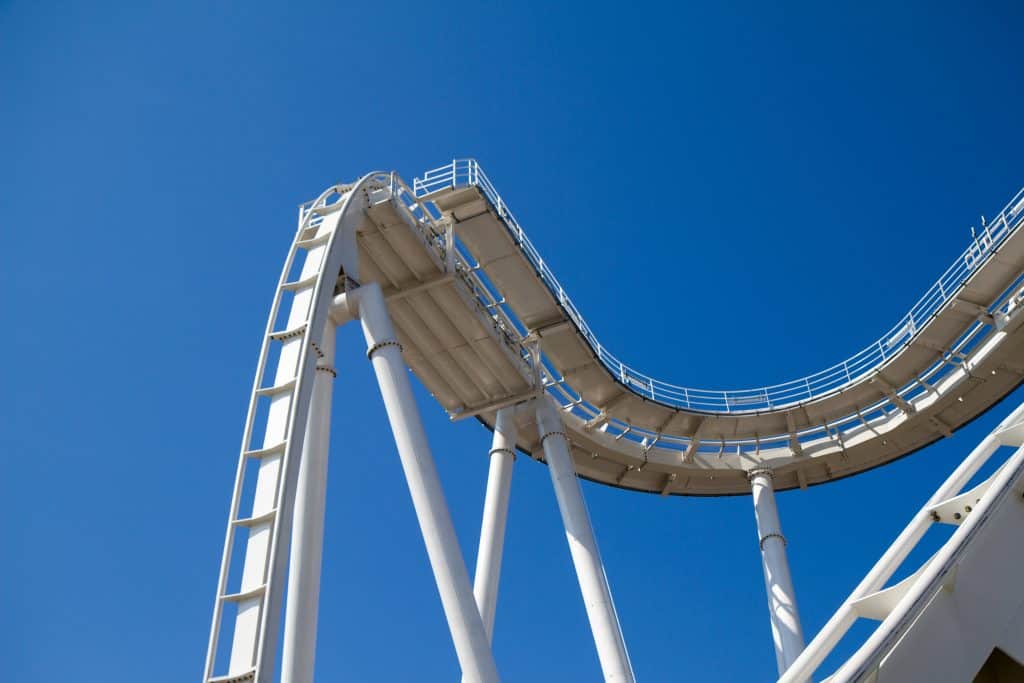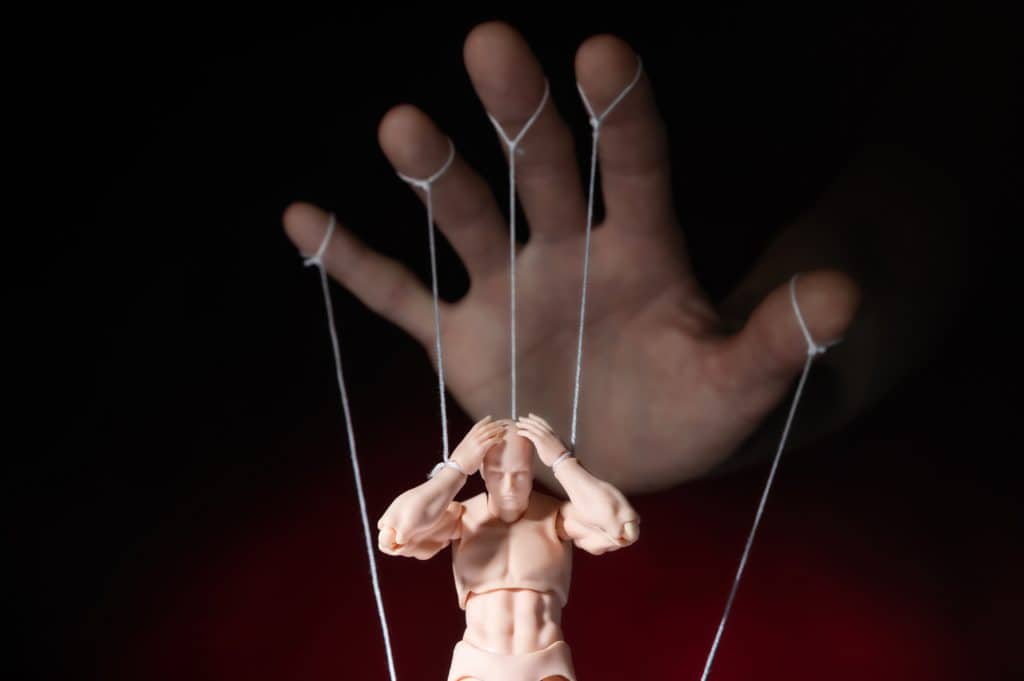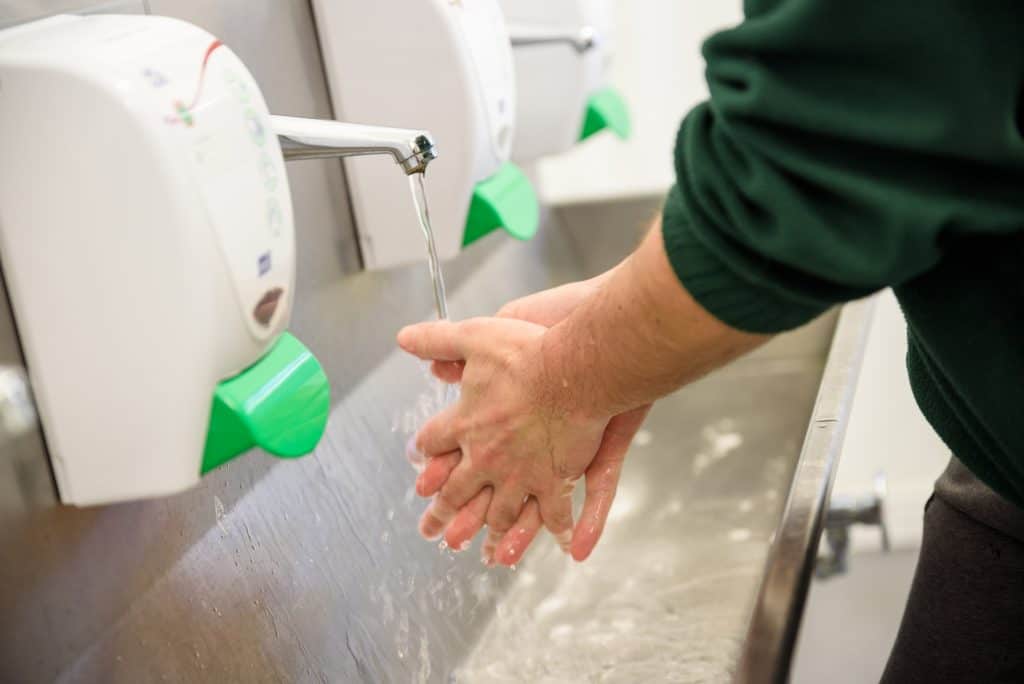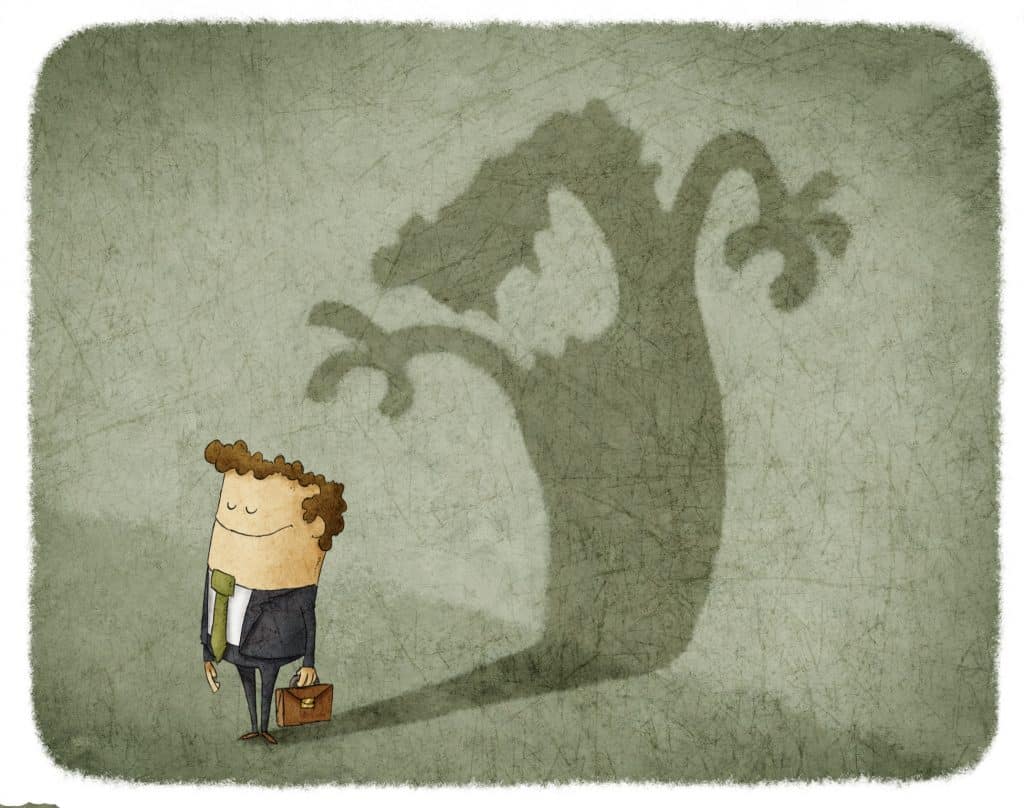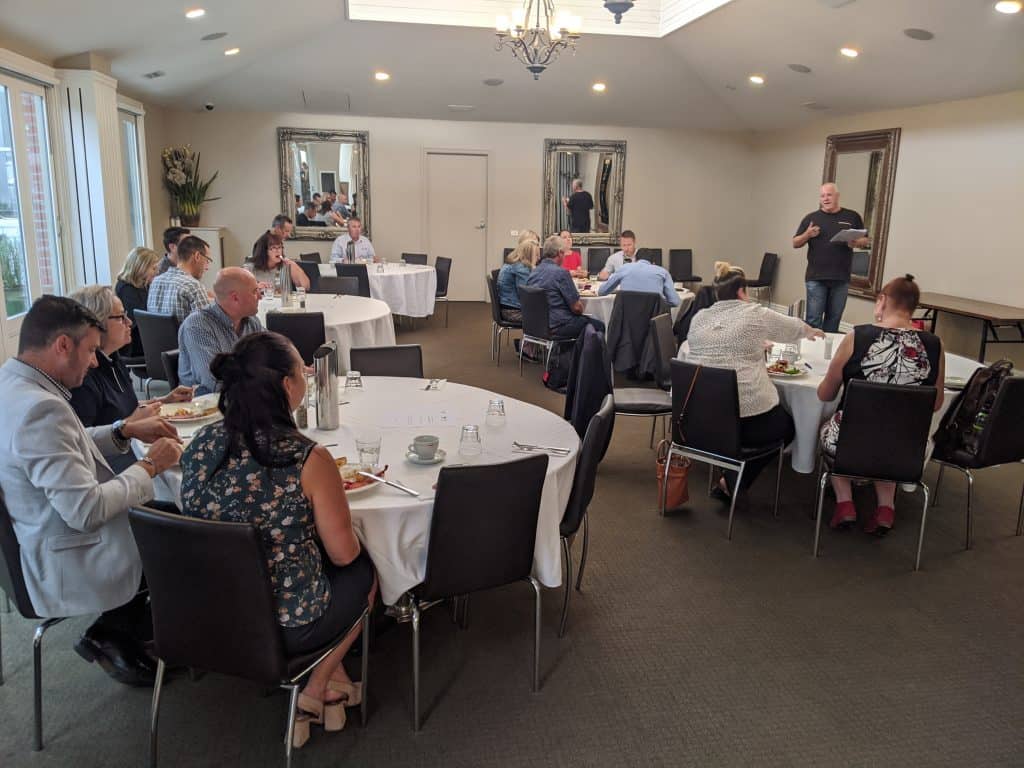
On 25 February 2020, I spoke at a breakfast seminar at the Ballarat Regional Occupational Safety & Health Group (BROSH) on emerging OHS risks and strategies. Below is an edited version of that talk, which touched on CORVID19, bushfire smoke, sexual harassment, mental health, safety culture and communication:
Industrial Manslaughter
Industrial Manslaughter laws will come into effect in Victoria in the middle of this year. Anyone who thinks these laws may relate to their workplace or how their businesses are run, should be afraid. But they should also be ashamed. If they are worried about going to jail because their OHS decisions may be negligent, they are not managing the safety and health of their workers in the way the law intended, or the Regulator and the community expects. They should be ashamed.
If you need an authoritative and informative speaker on workplace health and safety for your event, or just good, practical OHS advice, email Kevin Jones

